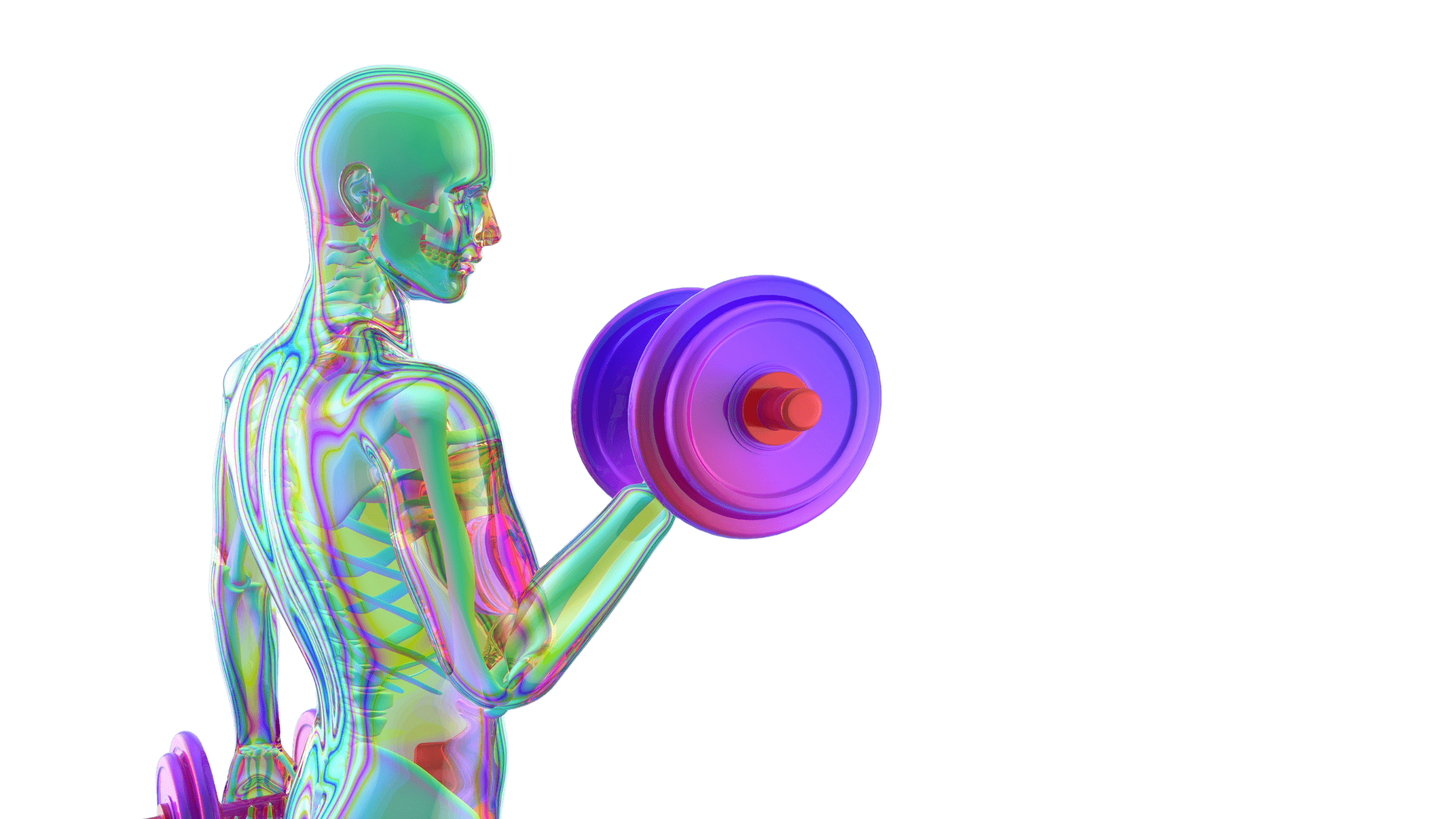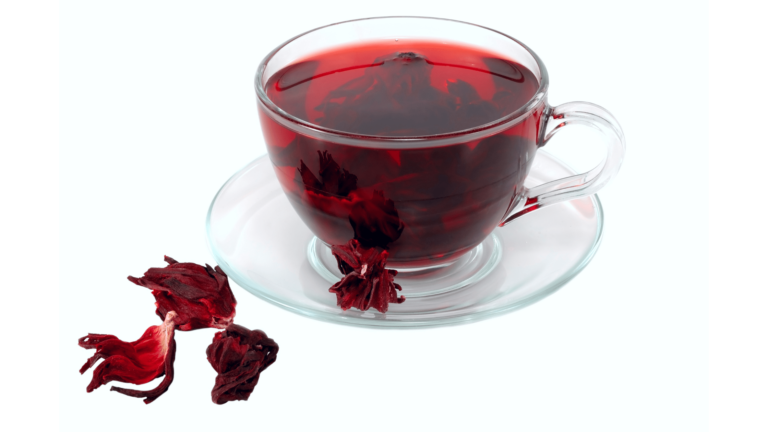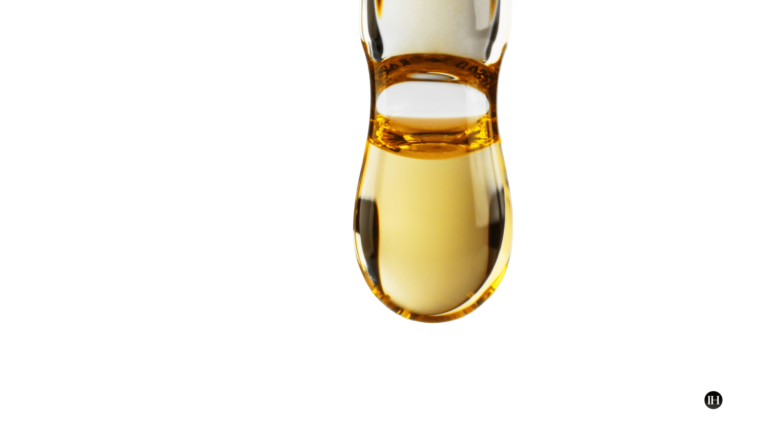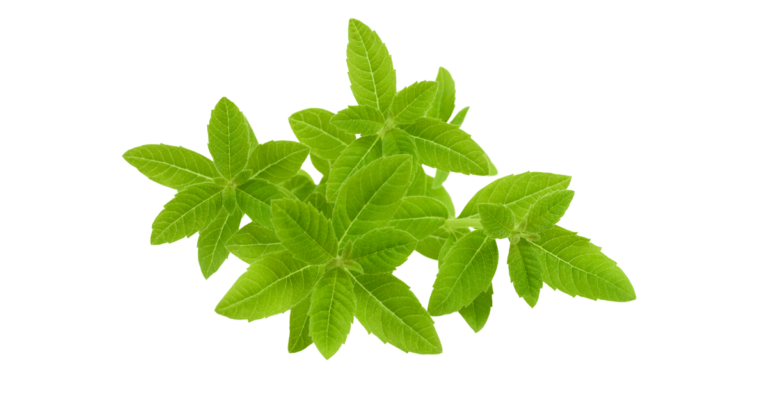Pumpkin Seed Protein Powder: Better Protein & AA?
Pumpkin Seed Protein Powder (PSPP)
Pumpkin seeds are seeds that are covered with a shiny green outer layer. PSPP stands for Pumpkin Seed Protein Powder, which is derived from pumpkin seeds.
The Latin name for a green pumpkin seed is Cucurbita pepo var. styriaca, which belongs to the Cucurbitaceae family. This type of pumpkin seed is also commonly known as an oilseed due to its high oil content.
This segment explores pumpkin seed protein powder (PSPP) and provides an overview of pumpkin seed properties.
A Seed Protein
The pumpkin seed powder is made by processing raw or dried pumpkin seeds and is classified as a seed protein.
Key Points
Here are the main areas explored in this segment:
- Nutritional value: This section provides an overview of pumpkin seeds’ nutritional use, including their protein efficiency ratio, amino acid content, and nutritional value.
- Types of PSPP: hydrolysed PSPP and (domestic) water-activated seed.
- Therapeutic properties: some therapeutic properties, as well as pumpkin seed oil.
- Case Study: exploring related case studies corresponding to pumpkin seed.
- Ayurvedic science: categorization of pumpkin based on dosha principles to gain a wider perspective.
Crude Source Of Protein
We delved into the nutritional value and bioactive compounds found in whole pumpkin seeds in “How to Eat Pumpkin Seeds.”
Pumpkin seeds are considered a good plant source of protein when it comes to their protein content, comparably. (Dotto & Chacha, 2020) in their study state that, “pumpkin seed is high in crude protein, roughly 35%, and this translates to a significant and different amount of amino acids.”
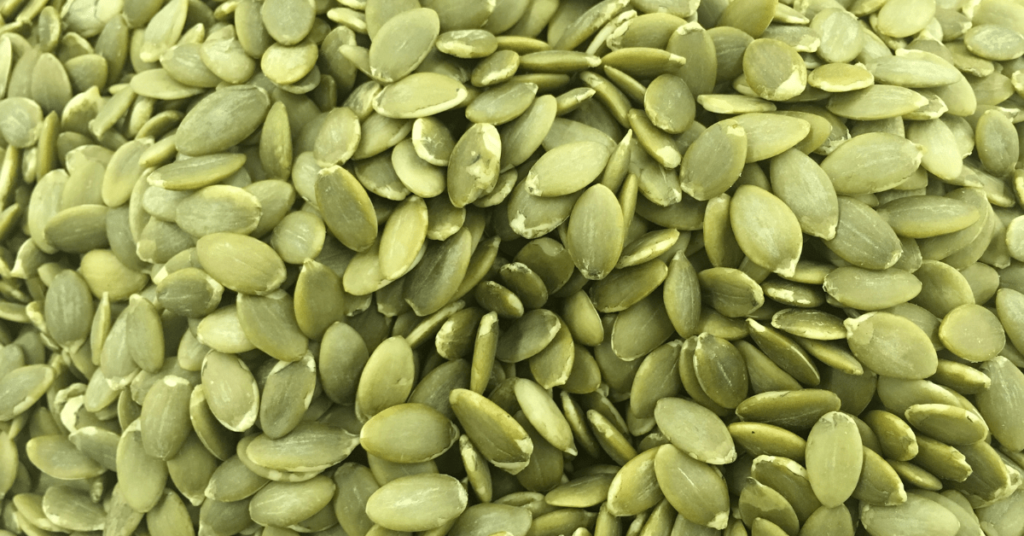
Protein – Globulin (Seeds)
The main protein found in pumpkin seeds is known as “globulin.”
- According to the USDA, in 100 grams of pumpkin seeds, there are approximately 30 grams of protein. This is based on data from the United States Department of Agriculture.
(PER) Protein Efficiency Ratio
Protein efficiency ratio is an index of nutritional quality represented by values ranging from 0 to up to 2.
A protein with a protein efficiency ratio (PER) of 2 is considered a high-quality protein, while a protein with a (PER) of 0 is considered a poor-quality protein.
Case Study: Protein Efficiency Ratio
A study by (Sánchez-Velázquez et al., 2023), evaluated the protein quality and (PER) value of pumpkin seed protein. The study yielded the following findings:
Key Takeaways
- The (PER) criteria for estimating “milpa triad system seeds” show that pumpkin seeds have varying (PER) values. The variation may be due to amino acid content.
- For example, the limiting amino acids in corn are Lysine and Tryptophan, sulfur amino acids Cysteine and Methionine in common beans and Lysine and Threonine in pumpkin seeds.
- Furthermore, it suggested that consuming a combination of “milpa triad system seeds” could complement the amino acid deficiencies of individual seed proteins, thus improving the overall (PER) value.
(PER) Rating
- Based on these findings, pumpkin seed protein is considered ‘good’ in accordance with (PER). Although it has varying (PER) values depending on the amino acid content.
- It does contain several essential amino acids, which are the building blocks of protein. Additionally, pumpkin seed protein is also rich in other nutrients such as fiber, healthy fats, and minerals such as magnesium and zinc.

Amino Acids Score (Seeds)
The Amino Acids Score (AAS) measures the protein quality in a food. A score of 1.0 in AAS indicates the protein contains all the essential amino acids needed for human nutrition.
Below are some important findings from the study:
- In the case of pumpkin seeds, Sánchez-Velázquez et al., 2023, found that the AAS score ranges from 32.1-160.1%.
- This means that the protein quality of pumpkin seeds varies based on the variety of pumpkin seeds.
- Some varieties of pumpkin seeds may provide more amino acid intake than required, while others may not meet the required intake levels.
- It is important to note that the AAS score is based on the limiting amino acid in the protein, and the actual protein quality may vary based on the proportions of other amino acids present.
Pumpkin Seed Protein Overall Rating
Based on the available (PER) and (AAS) information, the general consensus around pumpkin seeds is that they may offer a good source of plant protein.
Furthermore, they can be combined with other components, such as flax and quinoa, to complete their protein amino acid content.
To enhance the bioavailability of seeds and reduce some of the phytic acid and lectins on the outer shell, soaking them in water for a few hours or overnight, as well as roasting them, can be helpful.
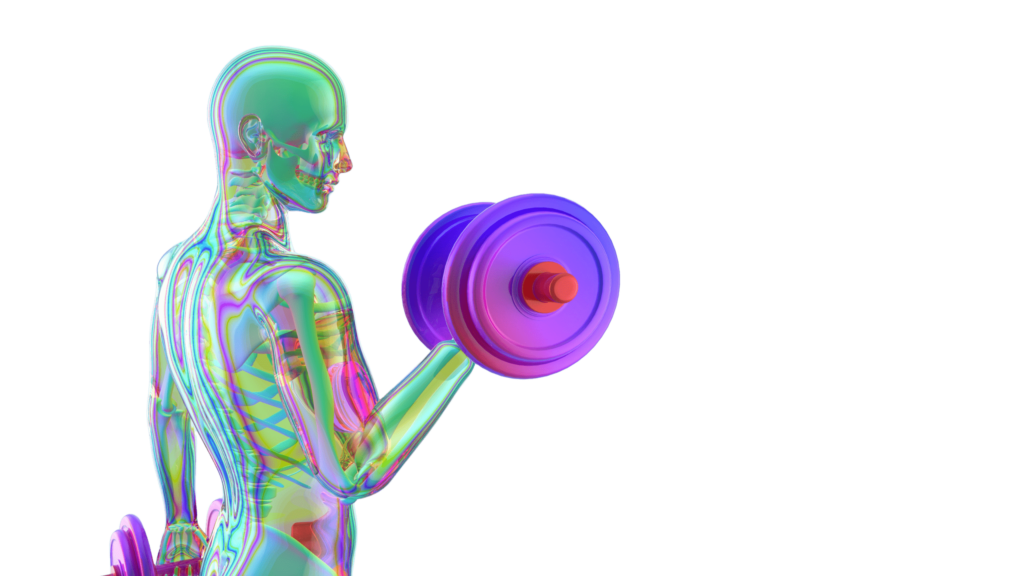
Case Study: Hydrolysed (PSPP) Amino Acids
In terms of PSPP, hydrolysed powder can be different from others. For instance, a study by Mazloomi-Kiyapey et al. (2019) aimed to produce antioxidant peptides from hydrolysed pumpkin seed protein.
Peptides are smaller units that make-up proteins.
Here are some key points from the study:
- Pumpkin seeds account for 39.85% of total amino acid content of pumpkin seed hydrolysates.
- The study found that the hydrolysed pumpkin seed powder had higher levels of essential amino acids than non-hydrolyzed powder.
- The essential amino acids higher in the hydrolysed pumpkin seed powder were threonine, methionine, valine, leucine, isoleucine, and phenylalanine.
- Conversely, the lower essential amino acids in the hydrolysed pumpkin seed powder were tyrosine, histidine, and lysine

Hydrolyzed (PSPP)
- Hydrolysed pumpkin protein powder is made by breaking down the pumpkin protein into smaller peptides or amino acids using water.
- Hydrolysed pumpkin protein powder is typically easier to digest and absorb, and may have a higher protein concentration per serving.
Domestic (PSPP)
- Homemade (PSPP) benefits from pre-activation by soaking in water before consumption.
Pre-Soaking The Seed
Soaking the seeds can help to break down some of the anti-nutrients present in the seeds, such as phytic acid.
This pretreatment process is also done for other protein sources, such as legumes.
- To activate pumpkin seeds for digestion, soak them in water for several hours or overnight before grinding them into a powder or adding them directly to foods.
- Once activated, it can be used in protein shakes, meals, smoothies, energy bars etc.
- The protein concentration may vary depending on the seed quality and the grinding process.
Complete Protein Combinations
Combining pumpkin seeds with other protein sources can increase your protein intake and help you create a personalised complete protein to suit your dietary needs.
Pumpkin Seeds & Other Seeds
- Sunflower seeds can help complement any amino acid deficiencies. Sunflower seeds are rich in amino acids such as methionine and cysteine. These are limited in pumpkin seeds.
Quinoa, Beans & Others
Combining pumpkin seeds with other protein sources such as quinoa or beans can help create a complete protein that has all the essential amino acids required by the body.
- For example, quinoa is rich in lysine, an amino acid that is limited in pumpkin seeds.
- Combining pumpkin seeds with quinoa can create a better protein with improved AAs.
- Similarly, beans are a source of sulfur-containing amino acids such as cysteine and methionine, which are limited in pumpkin seeds.
- Therefore, pumpkin seeds can be consumed with other sources such as quinoa, sunflower, flax, beans, and some lentils to create a complete protein.
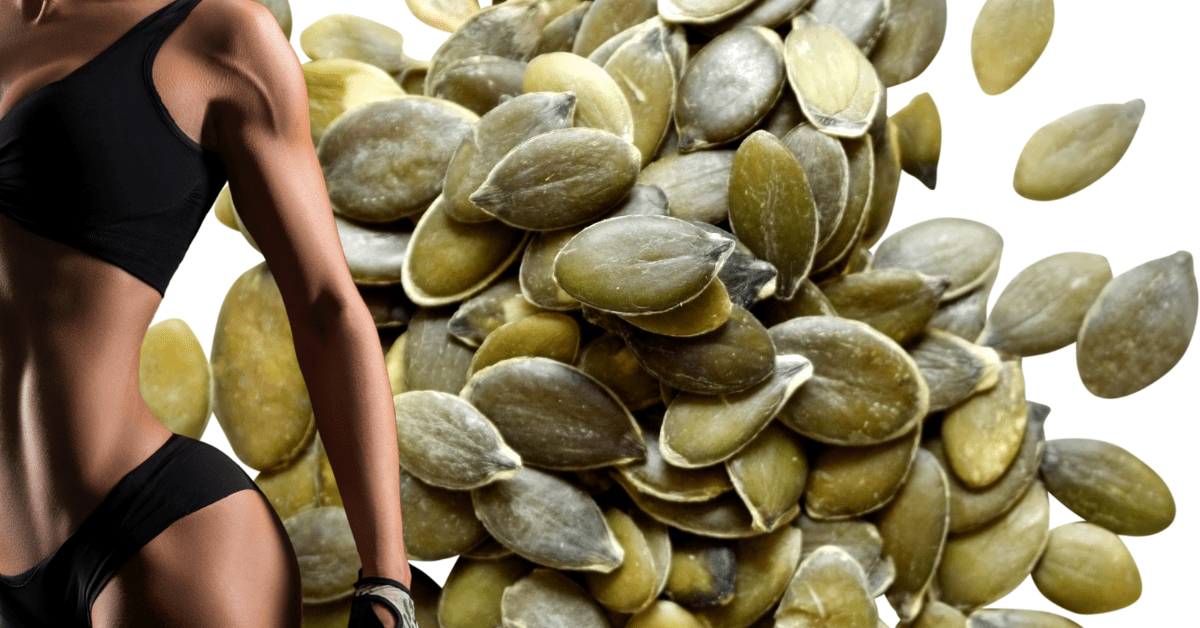
Therapeutic Value of The Pumpkin Seed
- Pumpkin seed oil is commonly used for various phytotherapeutic purposes.
- The seed offers a good source of plant protein, a muscle-friendly food.
- The seeds are rich in bioactive compounds that contain therapeutic properties, such as reducing inflammation, regulating blood sugar levels, preventing chronic diseases and providing antioxidants to the body.
- Pumpkin seeds are associated with being a brain and cognitive-friendly food.
A Muscle-Friendly Seed & Prostate-Friendly Oil
1. Case Study: Muscle Friendly
Joachim M. Dotto and James S. Chacha highlighted that the globulin structure of pumpkin seeds’ protein is analogous to legume seeds in their review article “The Potential of Pumpkin Seeds as a Functional Food Ingredient.” Here are some of the main points of their findings:
- Pumpkin seed protein powder is a plant-based protein source supporting muscle growth and maintenance.
- The bioactive compounds found in pumpkin seeds, such as amino acids, may be essential for muscle protein synthesis.
- The antioxidant and anti-inflammatory properties of pumpkin seeds may help to reduce muscle damage and promote recovery following exercise-induced stress.
- Evidence suggests that pumpkin seeds may support muscle health. You can read the complete study here.
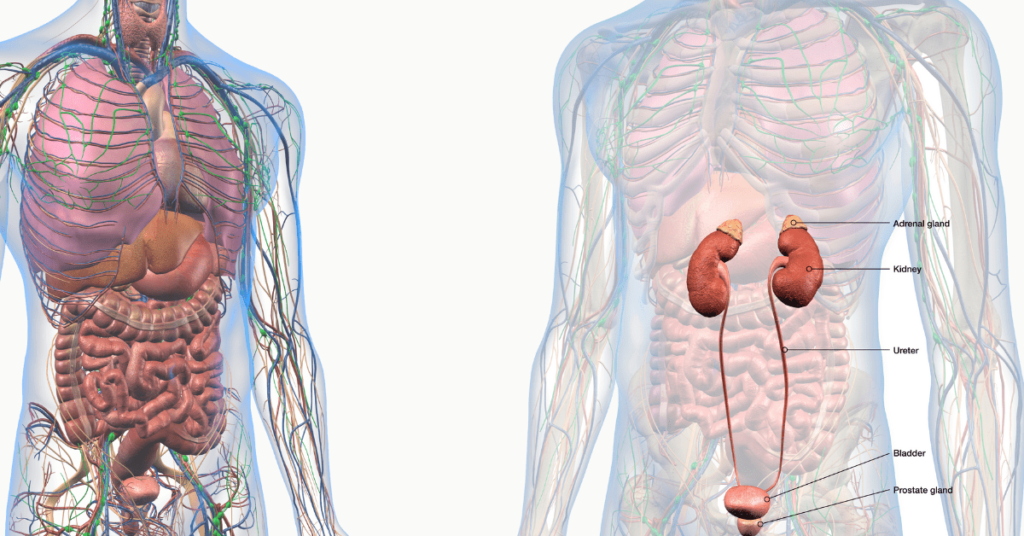
2. Case Study: Prostate Friendly
According to the study by Zerafat Jou et al. (2021), pumpkin seed oil may be a helpful dietary supplement for relieving the symptoms of benign prostatic hyperplasia (BPH).
- The study compared the effectiveness of pumpkin seed oil and medication – tamsulosin, a commonly used medication for (BPH). It found that pumpkin seed oil had lower side effects comparatively.
- The pumpkin seed oil dose was 360 mg pumpkin seed oil twice a day for 3 months.
- The participants showed an improvement in their prostate symptoms after the intervention, with fewer side effects compared to tamsulosin. However, tamsulosin was more effective in the shorter period.
You can find the complete study on this link.
Beta-Sitosterol
The primary constituent in pumpkin seed oil that is beneficial for prostate health is thought to be beta-sitosterol.
- Beta-sitosterol is a plant phytosterol with anti-inflammatory properties that may be helpful for enlarged prostate gland.
- Pumpkin seed oil is believed to be an effective dietary supplement for improving prostate health because it is a rich source of beta-sitosterol (Chen, 2021, in vivo study).
- The exact amount of beta-sitosterol in pumpkin seed oil may vary depending on the variety of pumpkin and the extraction method used.
Including pumpkin seeds in one’s diet may be a long-term therapeutic approach for healthy individuals due to their prostate-friendly compounds.
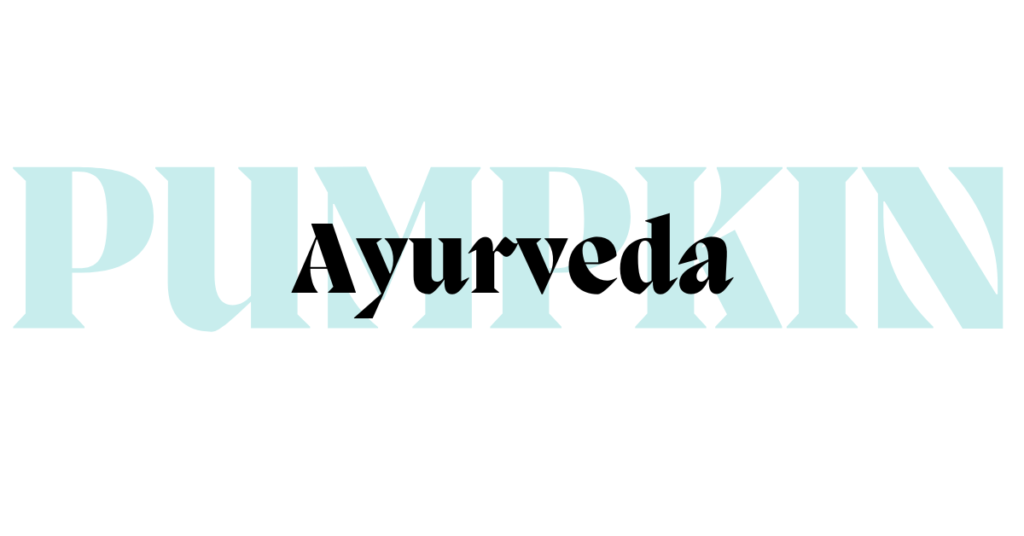
Selecting Your Seed: Organic
When farmers grow organic sources without using synthetic pesticides and fertilisers, they ensure that these sources are free from harmful chemicals that can pose a threat to both human health and the environment.
Therefore, an organic source of pumpkin seed protein powder may be more in line with long-term benefits. Furthermore, high-O diets are becoming increasingly recognised again in this respect.
Ayurvedic Categorization (PSPP)
- Pumpkin seeds and their oil are good sources of nutrition due to their high protein content.
- According to Ayurveda, pumpkin seeds are categorized as vata and pitta balancing. Unless roasted, they tend to promote kapha.
- Therefore, Kapha-dominant individuals should be mindful of how they consume pumpkin seeds for protein. Roasting the seeds makes them more kapha-friendly, as it helps to make the oil content more easily digestible.

Summary & Key Takeaways
In summary, pumpkin seeds are a rich source of nutrition and bioactive compounds; due to their phytochemical composition, it is associated with several therapeutic properties. For instance, prostate and urinary-friendly food, anti oxidative, anti-inflammatory, a pro cognitive food source etc.
- The Protein efficiency ratio (PER) and amino acids score (AAS) help to understand some of the best ways to use it as a source of protein in the diet.
- Despite the amino acid variability of pumpkin seed protein powder, the overall evidence suggests that it is a good source of protein.
- It is included in the Milpa triad system seeds. Therefore, it can be combined with other sources, such as quinoa or beans, to complete its missing AAs and enhance its protein value further.
- The case studies associate and recognise the protein content and rich dietary value of the seeds.
- Ayurvedic categorisation helps to obtain a broader scope of food qualities in line with the dosha system. It prescribes the food as a brain tonic linked to Vitamin E and other essential components.
- Exploring two varieties of pumpkin seed protein powder, hydrolysed and domestic, provides insight into the bioavailability of the seed.
- Lastly, the pumpkin seed may be a beneficial addition to an individual’s diet, whether being a dietary sports requirement or one wishing for a plant protein subject to individual suitability.
Precautions
Precautions and personal responsibility are crucial. Check the suitability of any diet or wellness routine for any person, including pregnant women, those with allergies, those with chronic health concerns, and others. Seek the advice of a professional.
This is an informational post only and does not constitute professional advice.
Informational Video: Pumpkin Seeds & Its Protein
Frequently Asked Questions
Pumpkin seed protein powder is not considered a complete protein due to quantities of some amino acids. It is regarded as a good source and can be combined with other sources.
For purity of the seed, organic certifications, to some extent, guarantee free from chemicals. This may also affect the end product efficiency. Therefore, a natural organic source can be a better choice.
They can be ground into a powder, raw/dry, wet, or roasted/dry.
References & online source(s) in this article:
- Batool, M., Ali Nawaz Ranjha, M. M., Roobab, U., Manzoor, M. F., Farooq, U., Nadeem, H. R., Nadeem, M., Kanwal, R., AbdElgawad, H., Al Jaouni, S. K., Selim, S., & Ibrahim, S. A. (2022). Nutritional Value, Phytochemical Potential, and Therapeutic Benefits of Pumpkin (Cucurbita sp.). Plants, 11(11). https://doi.org/10.3390/plants11111394
- Sánchez-Velázquez, O. A., Luna-Vital, D. A., Morales-Hernandez, N., Contreras, J., Villaseñor-Tapia, E. C., Fragoso-Medina, J. A., & Mojica, L. (2023). Nutritional, bioactive components and health properties of the milpa triad system seeds (corn, common bean and pumpkin). Frontiers in Nutrition, 10. https://doi.org/10.3389/fnut.2023.1169675
- Zerafatjou, N., Amirzargar, M., Biglarkhani, M., Shobeirian, F., & Zoghi, G. (2021). Pumpkin seed oil (Cucurbita pepo) versus tamsulosin for benign prostatic hyperplasia symptom relief: A single-blind randomized clinical trial. BMC Urology, 21. https://doi.org/10.1186/s12894-021-00910-8
- https://www.sciencedirect.com/science/article/pii/S2468227620303136 (Joachim M. Dotto and James S. Chacha)
- Mazloomi-Kiyapey, S. N., Sadeghi-Mahoonak, A., Ranjbar-Nedamani, E., & Nourmohammadi, E. (2019). Production of antioxidant peptides through hydrolysis of medicinal pumpkin seed protein using pepsin enzyme and the evaluation of their functional and nutritional properties. ARYA Atherosclerosis, 15(5), 218-227.
Ayurveda
- Hussain, A., Kausar, T., Sehar, S., Sarwar, A., Quddoos, M. Y., Aslam, J., Liaqat, A., Siddique, T., An, Q. U., Kauser, S., Rehman, A., & Nisar, R. (2023). A review on biochemical constituents of pumpkin and their role as pharma foods; a key strategy to improve health in post COVID 19 period. Food Production, Processing and Nutrition, 5(1). https://doi.org/10.1186/s43014-023-00138-z
- MCMA, MA. Hunjan, G. G. (2024, January 23) Ayurvedic diet principles. InteGratiiveHealth.
- Morrison, M. C., Mulder, P., Stavro, P. M., Suárez, M., Arola-Arnal, A., Kooistra, T., Wielinga, P. Y., & Kleemann, R. (2015). Replacement of Dietary Saturated Fat by PUFA-Rich Pumpkin Seed Oil Attenuates Non-Alcoholic Fatty Liver Disease and Atherosclerosis Development, with Additional Health Effects of Virgin over Refined Oil. PLoS ONE, 10(9). https://doi.org/10.1371/journal.pone.0139196
You may find this resource helpful
Pumpkin Seeds: Therapeutic Diet

